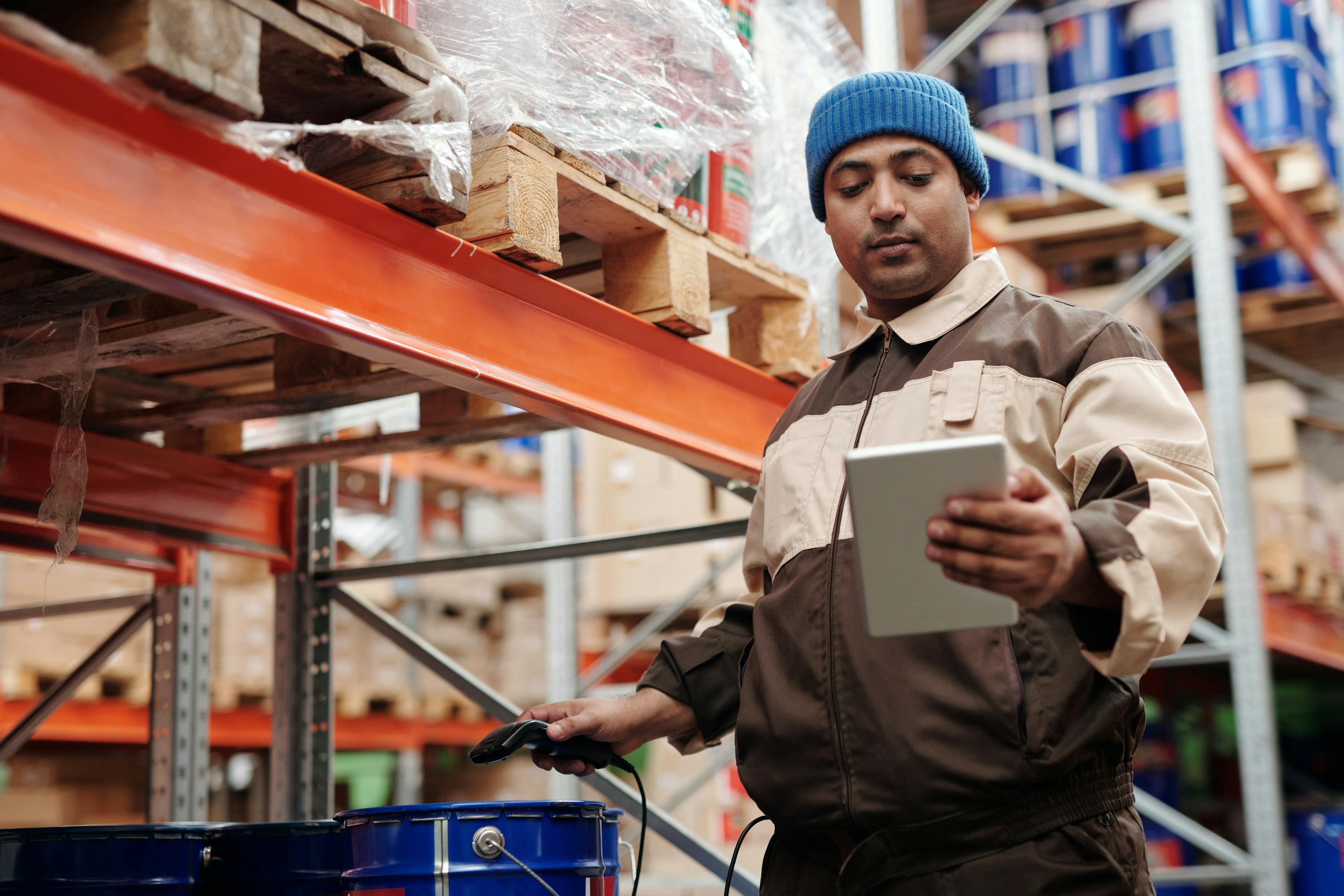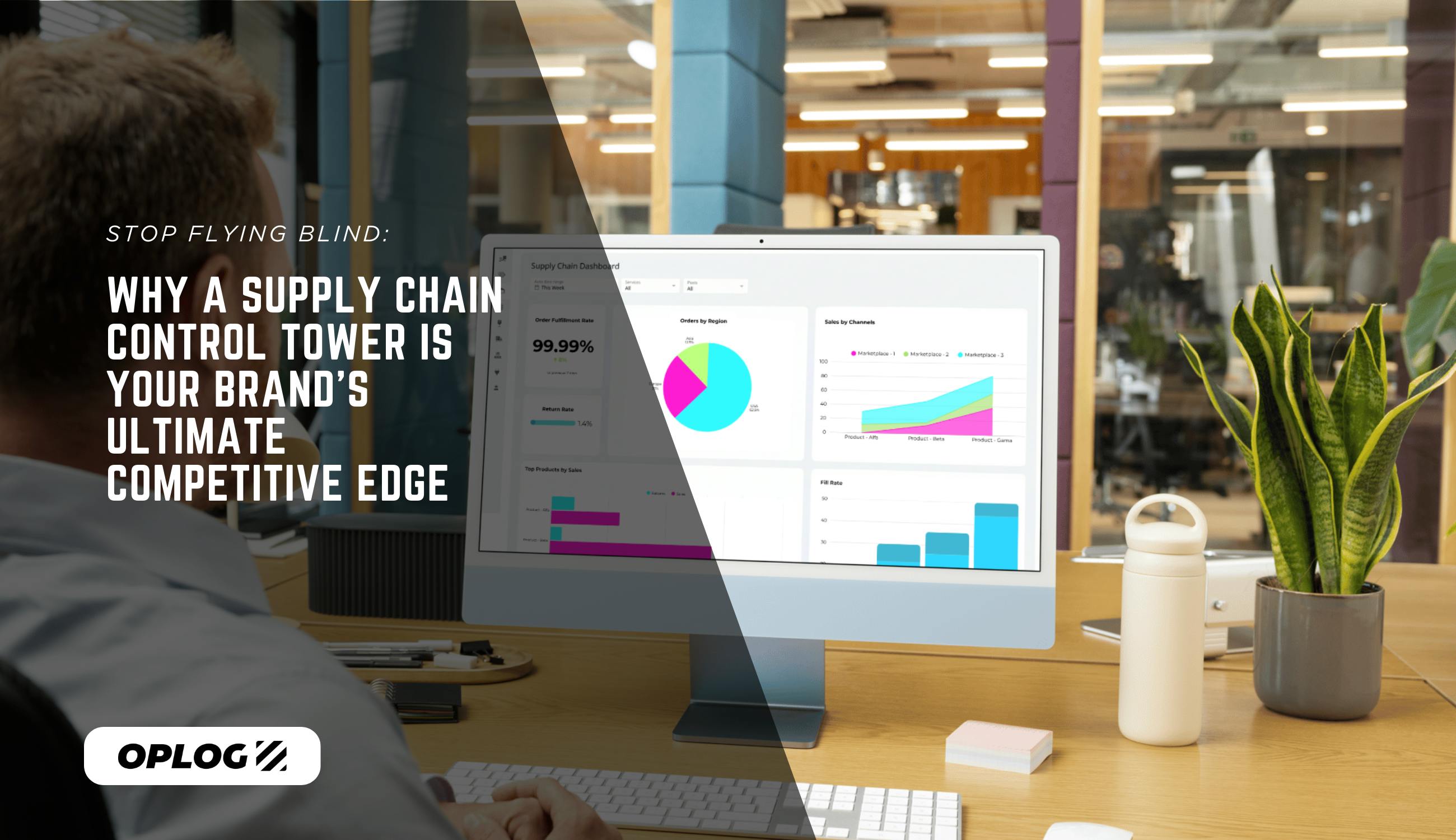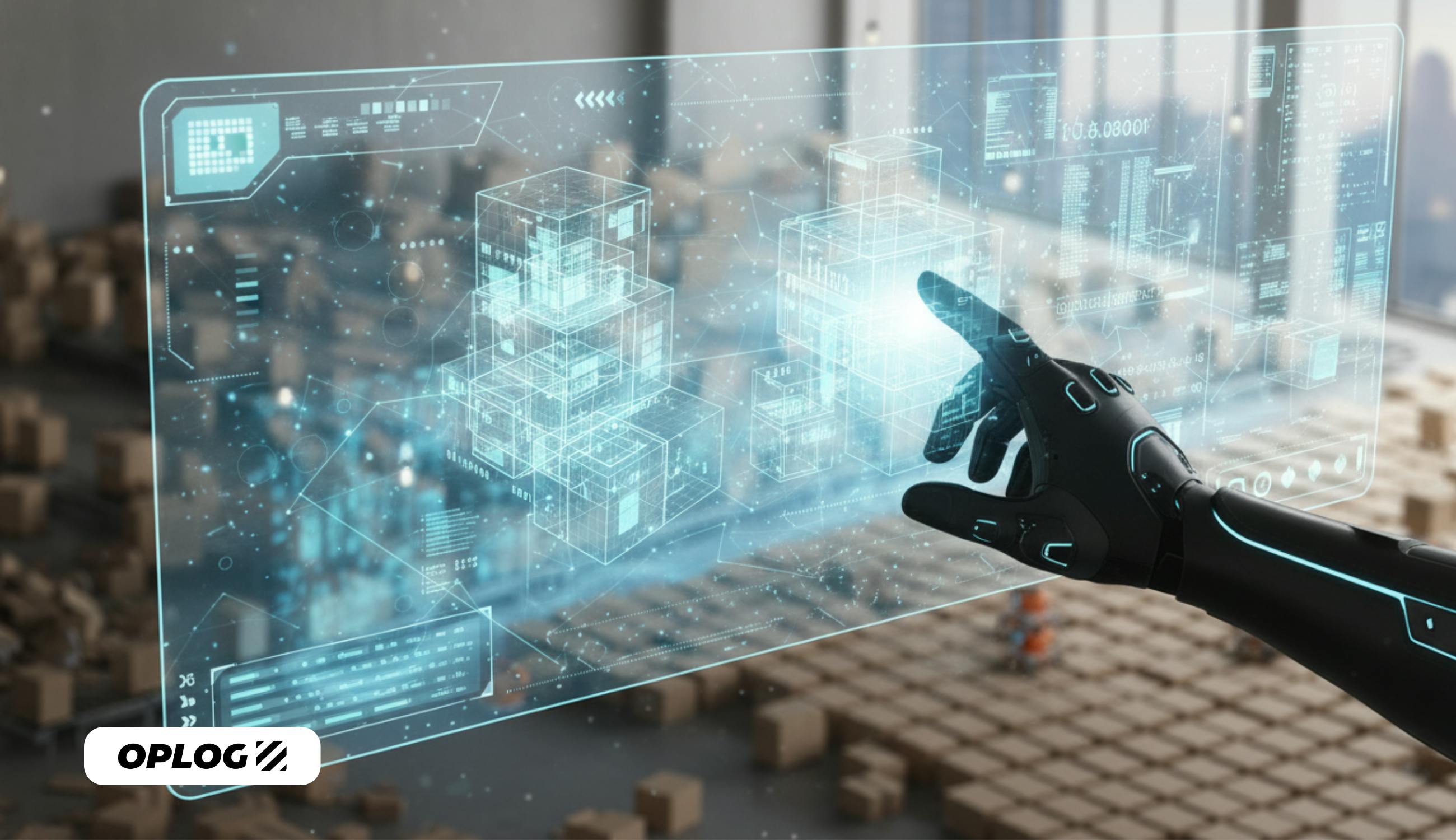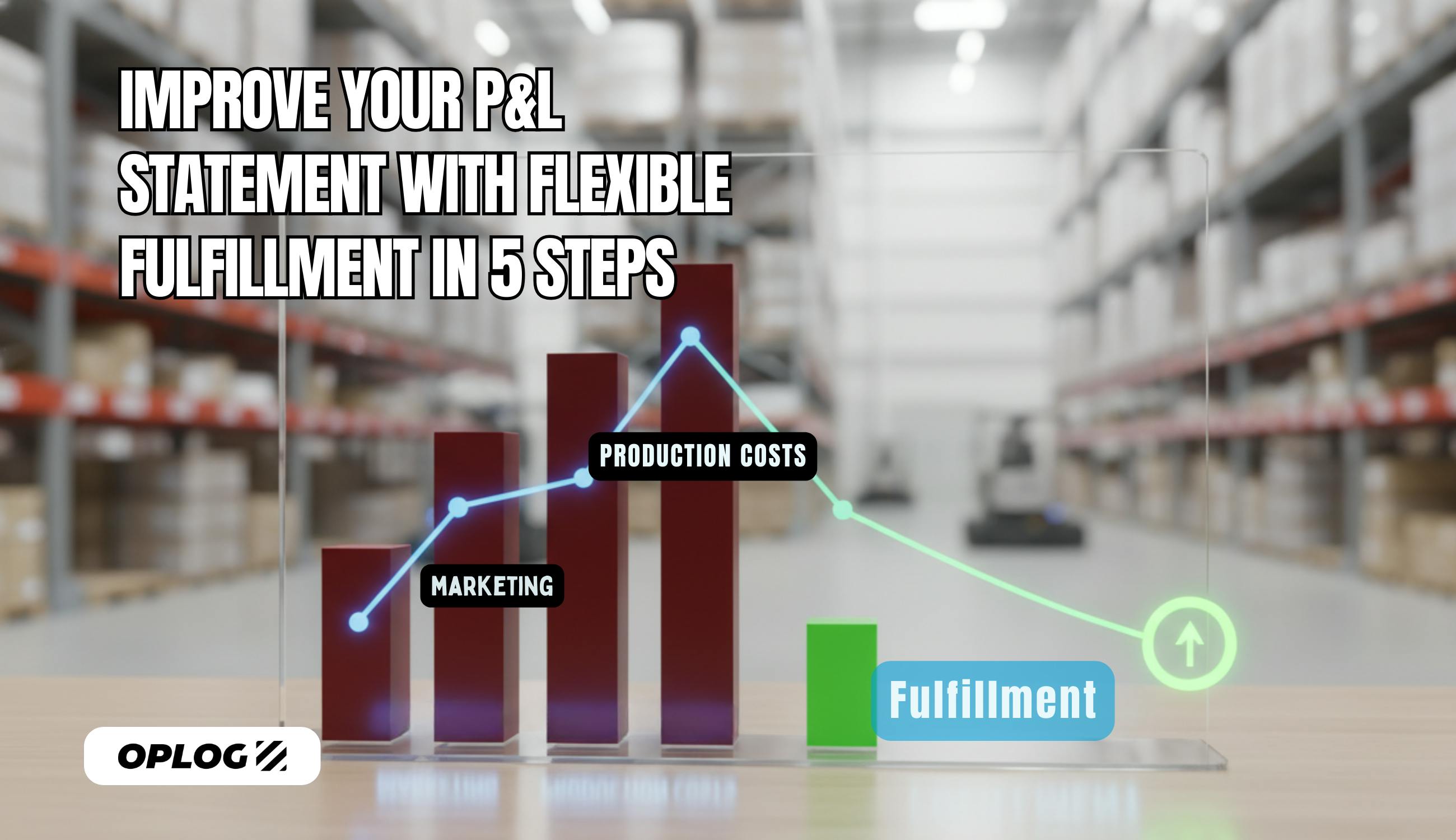The Internet of Things (IoT) has been around for over a decade and has increasingly gained popularity across different sectors in our everyday lives.
From applications in industries, smart cities, smart homes, healthcare, and many other places, IoT is no doubt a reality today compared to 10 to 15 years ago.
IoT is an interconnected network of physical devices, vehicles, buildings, and other objects embedded with sensors, software, and network connectivity, allowing them to collect and exchange data.
For example, IoT in smart homes helps you connect devices like thermostats, lighting systems, security cameras, and voice assistants.
You can then control and automate your home using your smartphone or voice-activated assistant, which allows you to adjust settings, monitor security, and receive real-time updates, even when you are away from home.
According to Statista, the number of IoT devices worldwide increased from 9.5 billion in 2014 to 30.9 billion in 2020. It is projected to reach 75.4 billion by 2025.
Many industries have adopted IoT to ease operational processes and optimize customer service delivery. However, how does this apply to your eCommerce business?
The thing is, warehousing is a crucial component of the supply chain, where your goods are stored, sorted, and shipped to meet customer demands.
So, working with a fulfillment partner who isn’t on the IoT train could leave you with stock-up and service delivery challenges.
To achieve seamless business operations, you need on-demand real-time warehouse monitoring and the connectivity of the IoT.
In this blog post, we’ll delve into how vital those two can help your business stand out.
Below are highlights:
- What is Real-time warehouse monitoring
- Do you really need real-time warehouse monitoring?
- How IoT Enables Real-Time Warehouse Monitoring
- Selecting an IoT Fulfillment partner
What is Real-time warehouse monitoring?
Real-time warehouse monitoring gives you instantaneous updates and tracking of warehouse operations.
This means you don’t miss out on anything that could be crucial to the success of your sales or revenue generation.
From data related to inventory, equipment, or processes within the warehouse or distribution centers, you stay on top of everything with up-to-the-minute visibility into your warehouse(s) status and performance.
Putting real-time warehouse monitoring into perspective, let’s say you have a warehouse named "Kermit Stores" with a massive facility housing various products from electronics to clothing, serving customers far and wide.
With installed IoT sensors strategically placed on shelves, near equipment, and even on the loading docks, you can track temperature and humidity in the storage areas and monitor the status of conveyor belts and forklifts. Sensors placed on high shelves keep tabs on inventory levels. More on these later.
Furthermore, you can easily collect data and access real-time information on your smartphones, tablets, or computer screens.
You can see exactly how much of each product you have in stock and where it is located within the warehouse(s), eliminating the need to rely on manual inventory counts or spend hours searching for misplaced items. Cool, right?
Let’s discuss,
Do you really need real-time warehouse monitoring?
As exemplified earlier, real-time monitoring of your warehouse helps you improve operations' efficiency, accuracy, visibility, and profitability. Here are some benefits.
Reduced Cost
Operating a warehouse can be costly, and if not managed effectively, it can affect your profit levels.
However, standard warehouse monitoring involves automating and optimizing warehouse processes, which can help to reduce operating costs, such as labor, energy consumption, waste generation, and maintenance expenses.
To take your warehouse operations to the next level, you can implement a warehouse management system (WMS) that provides better inventory visibility and control, improves order fulfillment accuracy, and increases overall productivity. You minimize costs and ultimately grow your business profit.
Reduce the risk of errors
By using real-time tracking technology, you can optimize operations and reduce the risk of errors and delays.
IoT sensors can help you reduce the time and cost associated with manual tracking, providing valuable insights into inventory levels and enabling you to make informed decisions about restocking and purchasing.
Efficiency and accuracy become a trait of your business, boosting customer satisfaction.
Optimize Location Restocking
Managing inventory levels across multiple warehouses can be a complex and challenging task. Ensuring that each warehouse has the appropriate inventory levels to meet customers' demand in that specific region is crucial.
Without real-time inventory tracking, it can be challenging to determine which warehouse needs more inventory and which one has excess. This can result in inefficient restocking processes, leading to higher costs and longer lead times.
However, with real-time warehouse monitoring, you can get a clear picture of inventory levels across all your warehouses and optimize restocking to match the specific demand levels of each location.
For example, suppose you usually receive orders for a particular product from a specific city. In that case, you can use real-time warehouse monitoring to identify the demand level in that city and restock accordingly. This can help you avoid stockouts and ensure that your customers receive their orders on time, ultimately increasing customer satisfaction and loyalty.
How does IoT Enable Real-Time Warehouse Monitoring?
Let's use cars with manual and automatic transmissions as examples.
The car with manual transmission is like a traditional warehouse, where the driver has to manually shift gears, clutch, and brake to control the speed and direction of the car. The driver must also rely on their senses and judgment to monitor the road conditions, traffic, fuel level, engine performance, etc.
On the other hand, a car with automatic transmission is like a smart warehouse, where the car automatically adjusts the gears, clutch, and brake according to the speed and direction of the car. The car also has sensors, software, and connectivity that enable it to communicate and exchange data with other devices and systems, such as GPS, dashboard, smartphone, etc. This can make driving easier, safer, and more efficient, as the driver can focus on the road and get real-time feedback and guidance from the car.
Some of the IoT solutions that can enable real-time warehouse monitoring are:
Smart warehouse management
Using sensors and RFID tags, you can identify and track the movement of warehouse items from the point of entry to the point of exit.
These devices integrate with your warehouse management systems (WMS) to automate and streamline receiving, quality control, storage, retrieval, and shipping processes.
You get real-time visibility of your inventory levels and stock availability and receive alerts/notifications for any anomalies or issues.
Warehouse pallet tracking and monitoring
IoT enables GPS trackers to log the entry and exit of pallets from the warehouse and monitor their movement within the warehouse zones.
You can also track the exact location of lost or misplaced pallets or identify the pallets moving in the wrong direction or placed in the wrong spot.
If there is an unusual movement of pallets, you get automated notifications or alerts.
Security Surveillance
The recent looting in Philadelphia reiterates the need for real-time warehouse monitoring when discussing security surveillance.
Warehouse, distribution, and fulfillment centers face a growing threat of theft, making security more crucial than ever.
Statistics reveal that incidences of warehouse theft have increased globally over the last two years, with over 40% of respondents reporting theft in their warehouse during 2020.
Reducing potential threats with preemptive security measures that will actively engage your facility is critical.
Real-time video surveillance and access control systems can help monitor the security of the warehouse, ensuring that only authorized personnel have access to certain areas.
Temperature monitoring
For businesses that deal with temperature-sensitive products, the IoT systems use wireless sensors to measure and transmit the temperature data of storage units to a central device.
You can access this information with up-to-the-minute accuracy, ensuring that the goods are stored at optimal conditions.
In a situation where there is any change from the set temperature range or any malfunction in the cooling system, you get notified instantly.
Inventory management
As earlier hinted, inventory management is a significant feature of eCommerce businesses and non-negligible in real-time warehouse monitoring.
Sensors and barcode scanners play a vital role in capturing and updating your inventory data in real time, enabling you to know the exact quantity and location of each product in the warehouse and its status (available, reserved, damaged, expired, etc.).
All these are integrated with OPLOG-ONE to synchronize the inventory data across different channels and locations.
Furthermore, you get analytics and insights on inventory trends, patterns, and forecasts.
With the help of advanced analytics and machine learning integrated into your Warehouse Management System (WMS), you can obtain valuable insights into the potential fluctuations in demand for an inventory item.
Utilizing the information, you can improve your forecasting accuracy and make better-informed decisions about how much stock to keep and when to restock it. This can help you avoid overstocking or understocking issues, which can significantly impact your profits.
Warehouse robotics
OPLOG uses autonomous mobile robots, such as TARQAN, to assist warehouse workers in picking and packing orders.
The robots slide under a tower of shelves where products are stored, lift them, and move them through the fulfillment center.
TARQAN helps speed up order processing time, reducing the movement of employees around the warehouse and improving safety.
Experience the future of warehousing with OPLOG's robust technological infrastructure. Get ready to elevate efficiency, accuracy, and safety in your warehouse operations.
Order Fulfillment Monitoring
Through IoT connectivity, you can see in real-time the progress of customer orders as they move through various stages of fulfillment, from order receipt to picking, packing, shipping, and delivery.
Utilizing real-time tracking enhances order processing efficiency, minimizes errors, and maintains accurate inventory records.
You are provided valuable insights through performance metrics, allowing for continuous improvement in warehouse operations contributing to higher customer satisfaction and loyalty.
Selecting an IoT Fulfillment partner
Fulfillment has become a buzzword in the supply chain industry. However, in practice, it should demonstrate experience, expertise, and seamless integration with technology to deliver smooth operations and customer satisfaction.
When selecting a fulfillment partner, consider the fusion of technology into its operations and how easy it is to access critical information that can spell trouble or excel your business.
OPLOG has built a solution that simplifies how you run your eCommerce business with 4PL service, ensuring you don’t have concerns over balancing smooth operations and customer satisfaction.
With OPLOG-ONE, you effortlessly have a platform that maximizes IoT, allowing you to manage orders, packing, shipping, and delivery in one place.






